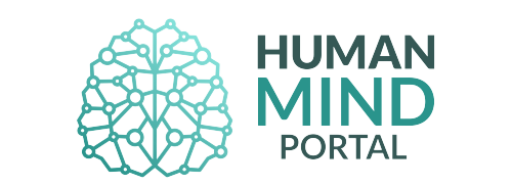The nervous tic is an involuntary muscular contraction of a compulsive nature. Much like stuttering, it can have an emotional background. It can be defined as a psychosomatic symptom, that is, a bodily manifestation of discomfort involving the psychic apparatus. Phenomena like these caught Freud’s attention. He realized that medicine, at that time (Freud was also a physician), could not find a physical cause for these symptoms that would justify their onset and the way they manifested. Today, the force of the unconscious in the psychic apparatus is recognized as the probable cause of many symptoms, including the nervous tic.
In Freud’s time, it was precisely his hysterical patients who manifested some symptoms (such as loss of speech, bodily pains, among others) that allowed the Father of Psychoanalysis to detect the existence of emotional conflicts not perceived by the conscious mind. This led Freud to develop effective techniques to lead patients to access these conflicts and to identify their causes.
Usually, the simple recognition of the existence of the conflict reduces its intensity and causes it, little by little, to alleviate and stop using the resource of somatization to express itself. For example: a conflict repressed in the unconscious ends up holding back the psychic energy linked to it. Because of this, this conflict tends to express itself in one way, possibly through nervous tics. When access to the conscious is denied because what is repressed would cause unbearable thoughts to the individual’s conscious mind, the only way it finds to express itself is, in many cases, the bodily language of a psychosomatic symptom, in the case in point, the nervous tic.
Healing is possible, but submission to appropriate therapy is required. One of these appropriate therapies is Psychoanalysis, which makes conscious what is unconscious. For symptom relief, while healing is not achieved, Hypnotherapy presents a protocol for this.



